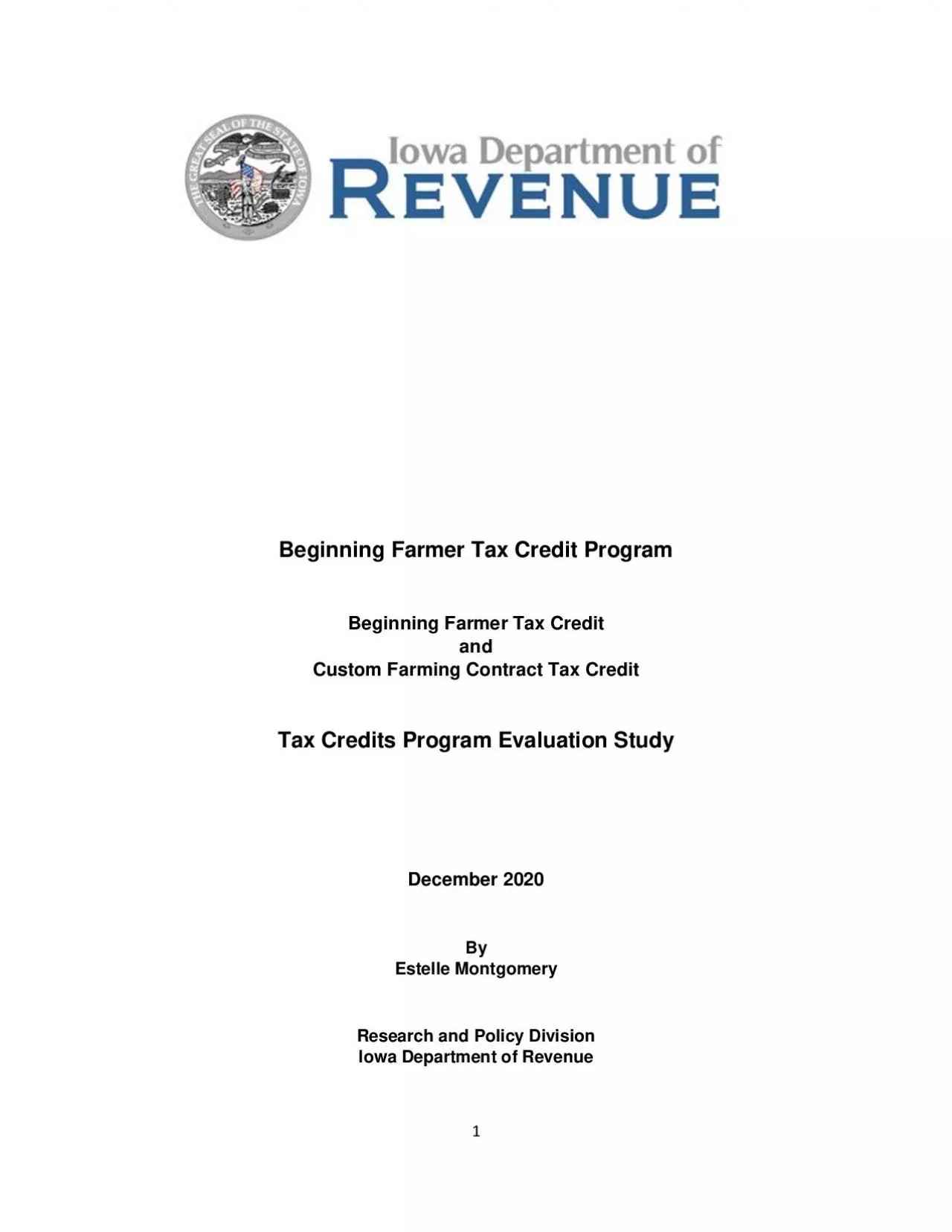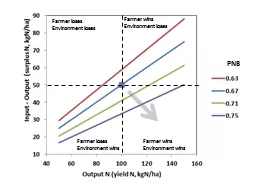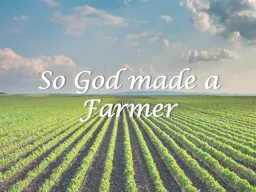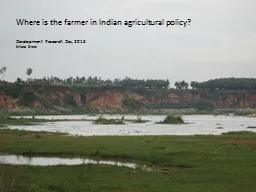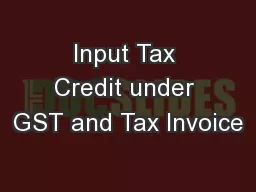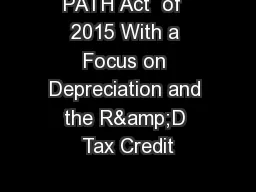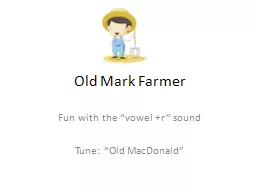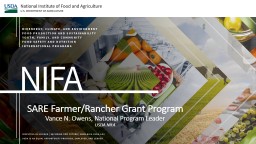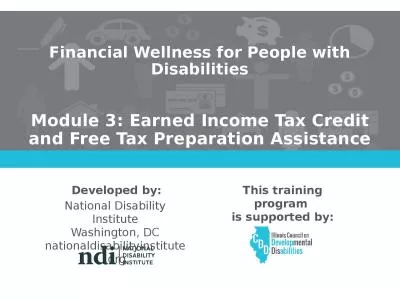PDF-Beginning Farmer Tax Credit Program
Author : arya | Published Date : 2021-10-04
1Beginning Farmer Tax CreditandCustom Farming Contract Tax CreditTax Credits Program Evaluation StudyDecember 2020By Estelle MontgomeryResearch and Policy DivisionIowa
Presentation Embed Code
Download Presentation
Download Presentation The PPT/PDF document "Beginning Farmer Tax Credit Program" is the property of its rightful owner. Permission is granted to download and print the materials on this website for personal, non-commercial use only, and to display it on your personal computer provided you do not modify the materials and that you retain all copyright notices contained in the materials. By downloading content from our website, you accept the terms of this agreement.
Beginning Farmer Tax Credit Program: Transcript
Download Rules Of Document
"Beginning Farmer Tax Credit Program"The content belongs to its owner. You may download and print it for personal use, without modification, and keep all copyright notices. By downloading, you agree to these terms.
Related Documents

